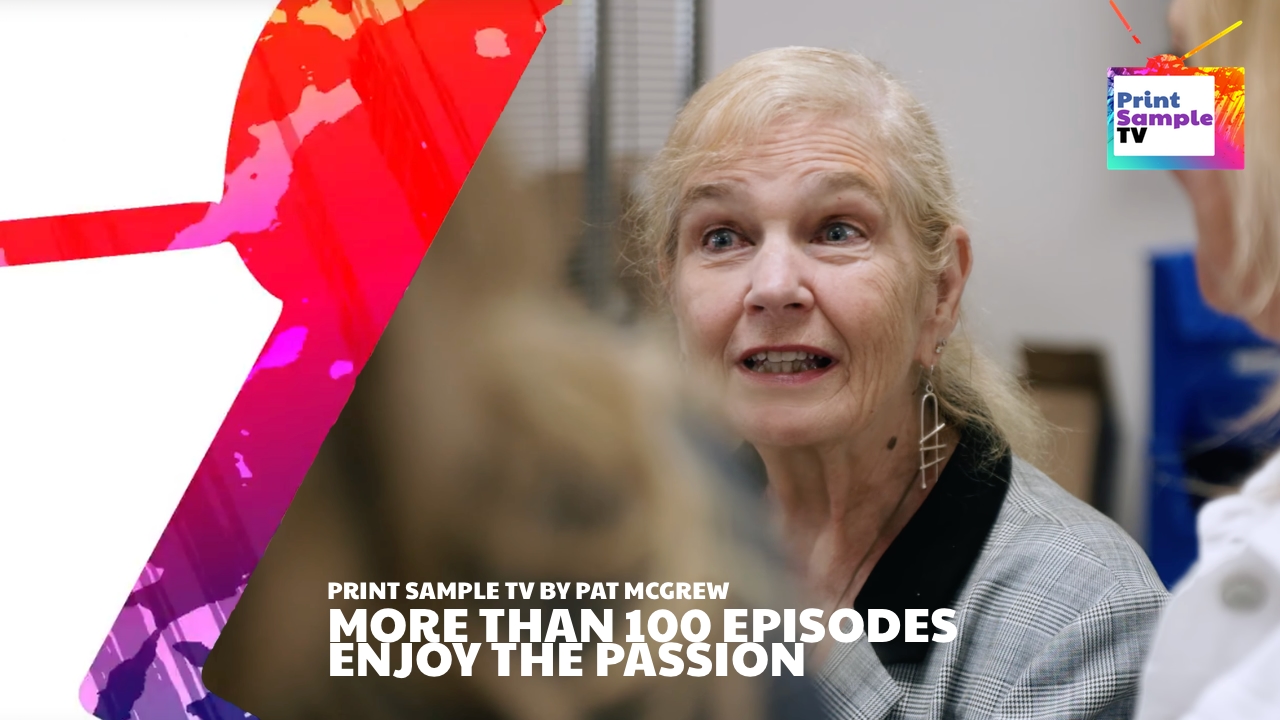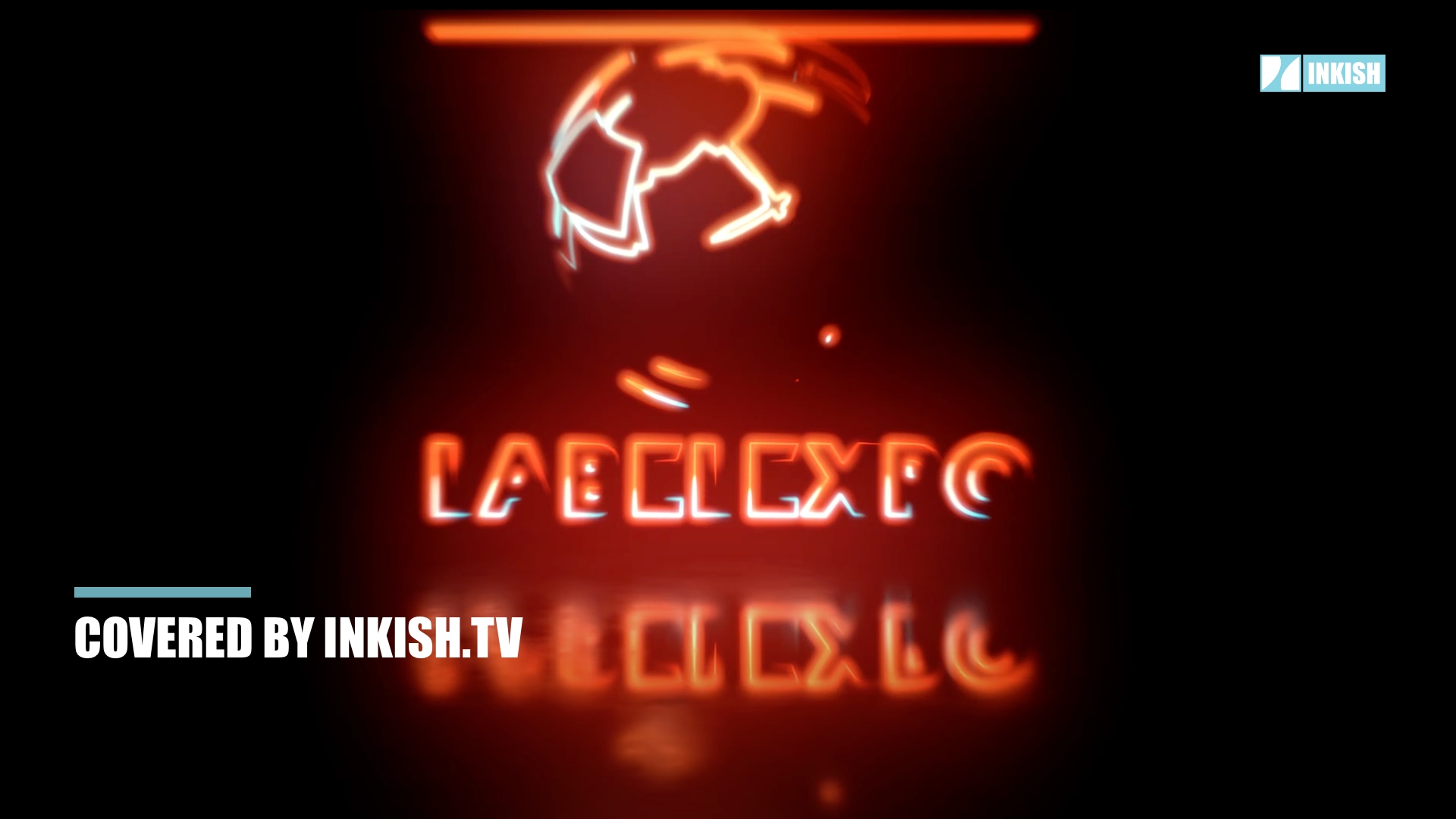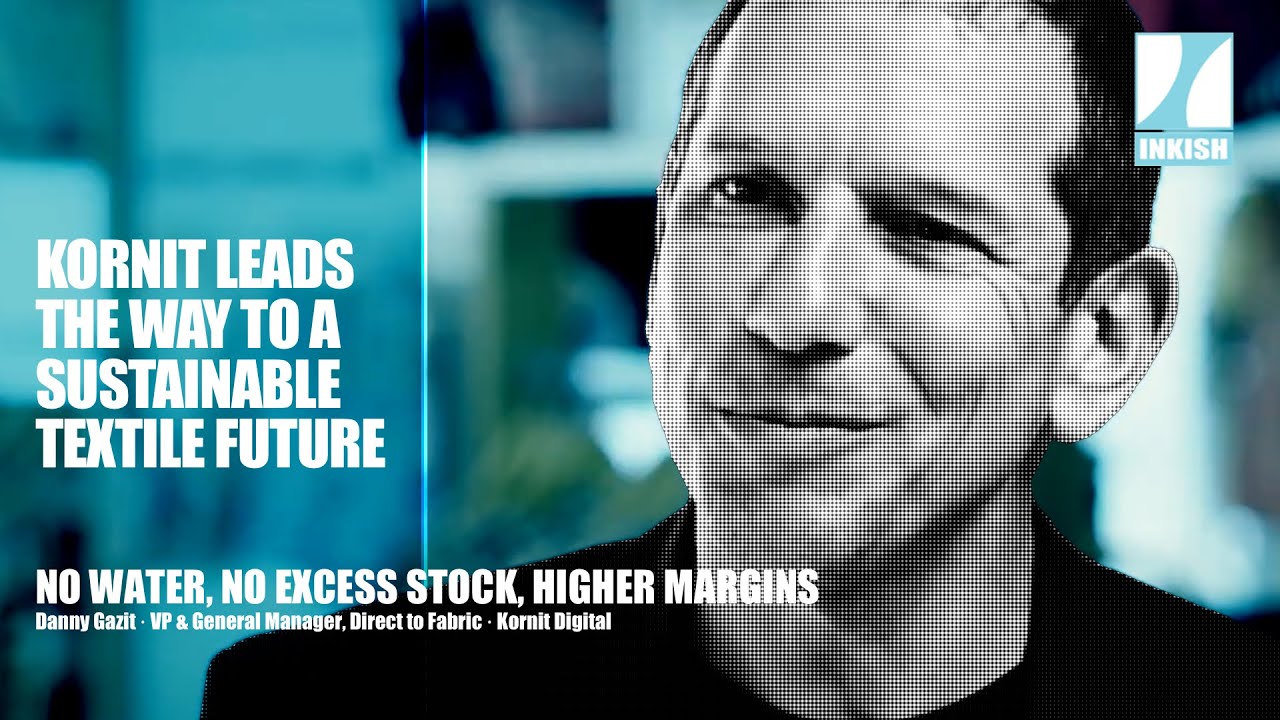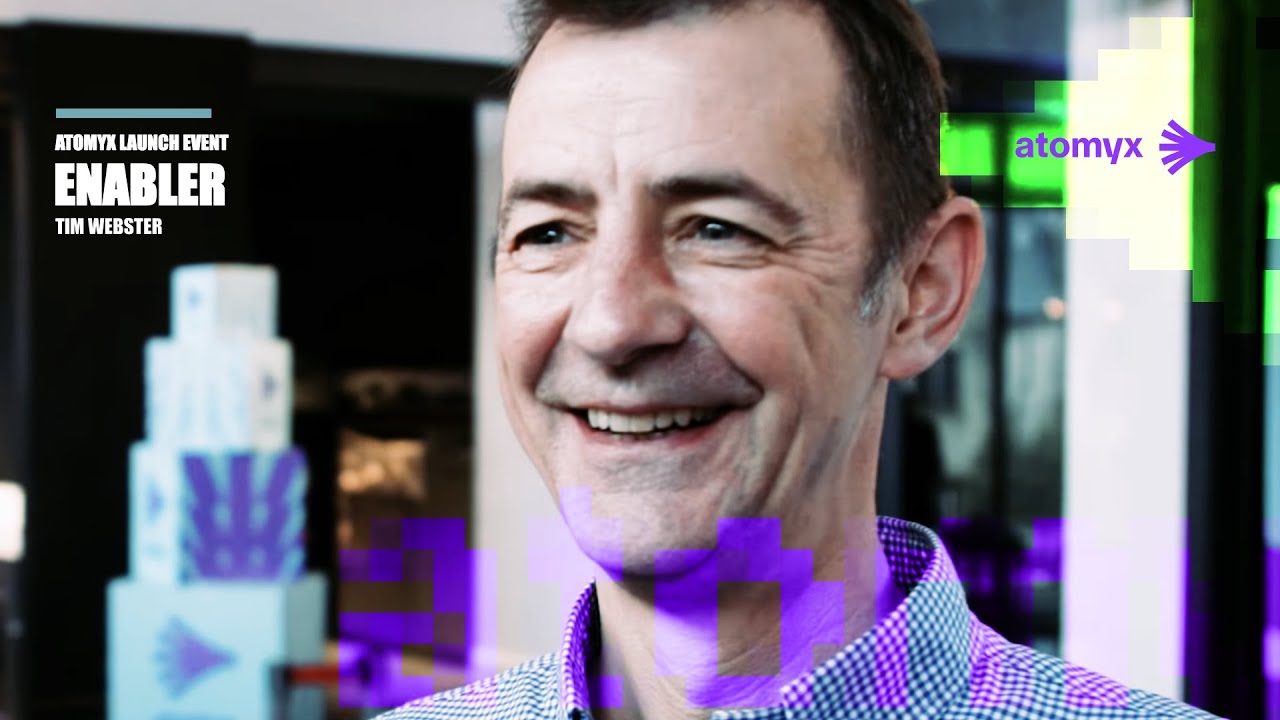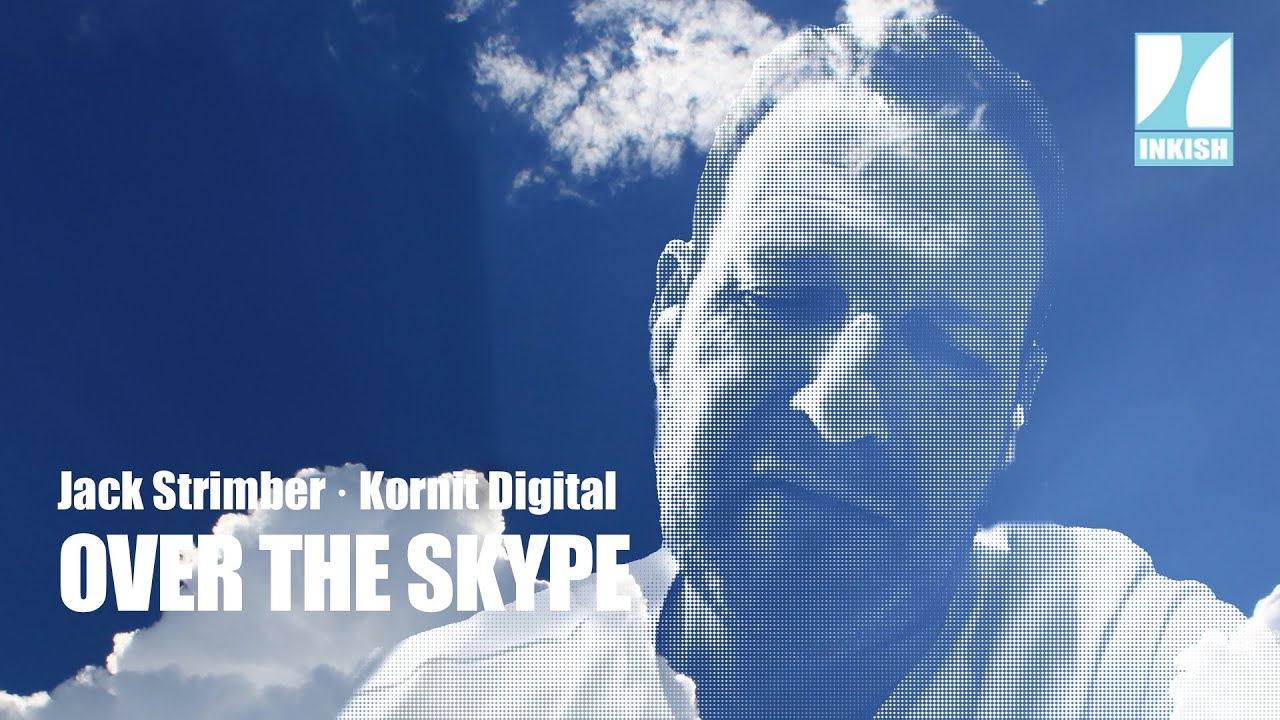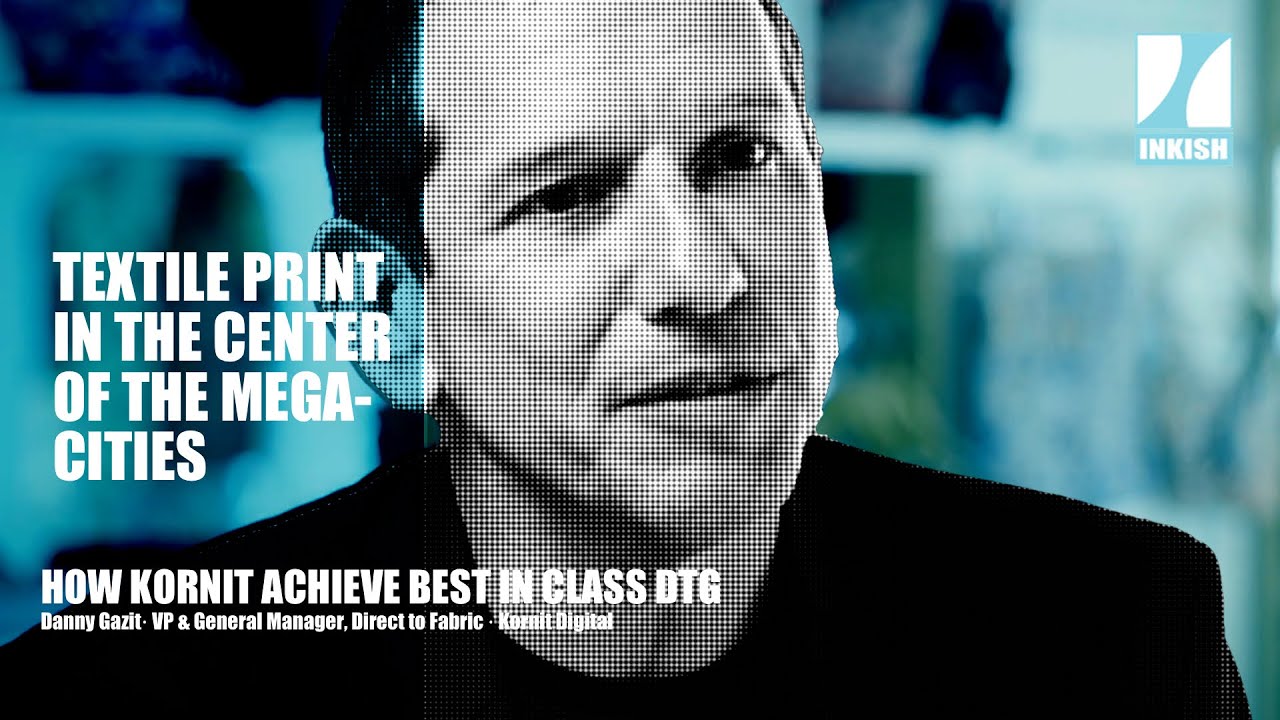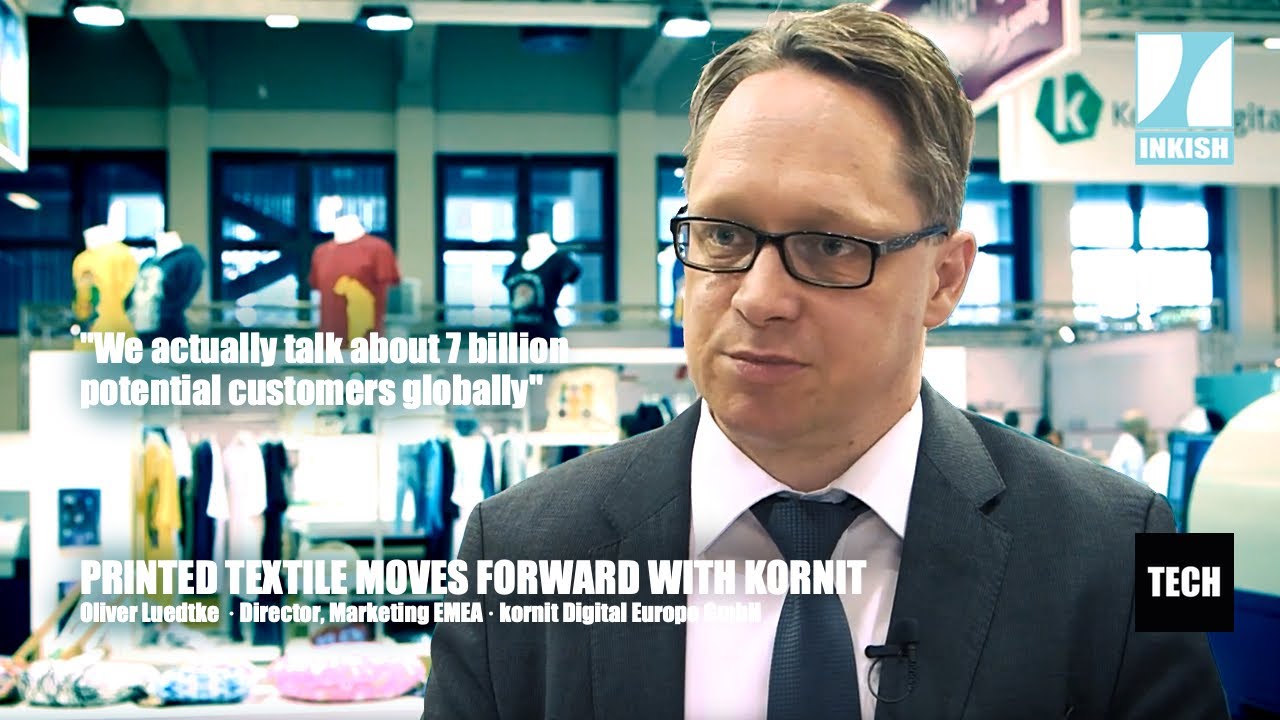Leading the Way to a Sustainable Textile Future · Danny Gazit · VP & GM, Direct to Fabric · Kornit
Though Kornit is a twenty years old company, the company has over the past years got more attention than before. One of the reason is their amazing Direct to Fabric machines, that enable digital print directly on a long-range of types of textiles. This does not only lead to considerably faster turn-around time, but also to way more sustainable fabrics. In this INKISH interview VP & General Manager, Direct to Fabric, Danny Gazit gives us a tour in the factory, in the showroom, and openly explains why Kornit for sure seems to be on the right track.
Amazing technology and a great company to visit.
We’re able to, within a nine meter line, from end-to-end, supply from blank fabric to full finished product, and supply it to their customers. And that’s an enablement. That allows them to do anything.
So, welcome to Kornit. Kornit deals with digital printing. An innovative company that is dealing both with the DTG, direct to garment world, and the DTF, direct to fabric world. We’ve been in business for the last 20 years. Direct to garment, we’re one of the biggest players in the market today, with customers all over the world.
So, textile print is a very interesting market. Today around the world, people want to express themselves. It has gone from a mass market type of market to a more customized and expressive market, and that’s what people are looking for today. When you look at the market, it’s a huge market. There are more than 36 billion meters of fabric being printed around the world today every single year. Places all the way from the Far East, to [inaudible 00:01:38] centralized places such as the US and big cities in Europe, already into doing and the printing themselves.
We are also seeing today a shift in the market from analog, which is quite a wasteful cycle, which is for big productions and It has a lot of carbon emissions and energy emissions, and quite an impact on the environment. You probably know as well as I do that 20% of the fresh water in the world today is being put into the textile market and being wasted down the drain, and it’s causing pollution around the world. Those types of markets, analog textile markets that have gone on for a long time, are now raising questions both from regulators and consumers.
Textile market in terms of the amount is growing. There’s a compound annual growth in the market of today around 20% a year. It’s still quite an extensive growth factor in the market, and the utilization of what is being done in the market and the applications that are being used today in the market are causing even more stronger growth. There are moves around the world towards fast fashion. Although there are also moves to the other way around because of sustainability issues, but definitely, it’s a growing market today.
Volume is growing, that’s for sure. Revenue as always, it’s a margin type of business, but we see a different type of business that’s raising up today, and that is people who understand that they can get, with the technology and with the manufacturing capabilities that there are today, that they can reach their end user much quicker and much easier. Before trends were set by the brands, and they did their cycles on four times a year, et cetera. Today, anybody can pick up a nice Instagram account, create whatever is on his mind, find a way to manufacture it easily because the technology is there and the suppliers are there, and create high margin business out of it, and that’s amazing.
We see today, and it’s known throughout the industry, that inventory has become one of the worst problems. You’d find customers using, and I’m quoting a customer, using the term the wall of waste, where they have tons of inventory stacked up in a warehouse somewhere that they need to get rid of. Just to give a number, textile industry today burns around a garbage truck full of fabric every two and a half seconds. And those are inventory leftovers. 70% of what you’re buying today in stores are discounted, inventory that has been discounted because inventory was left over. So we see today that the technology and the change in the market is creating solutions for those type of problems also in the supply and demand chain.
Let’s look at analog for a second as a classical example. When you talk to analog suppliers around the world, you’d find that most of the time today, our machine time or even employee time is spent on creating the setups for those machines. It’s not uncommon today to find a cycle where somebody sets up the machine for six hours or four hours, and using the machine later to print 20 minutes, and not more than that to get the volume that he needs. Most of the customers out there don’t want the huge volumes of 100,000 meters or 50,000 meters, they want 4,000 meters or 5,000 meters.
Now, if you look at a setup of six hours and 20 minutes of production, that doesn’t make any sense anymore. So the machines might be very fast, but the bottleneck is not the machines anymore. Not to mention that to handle this type of process, you need to create screens, you need to create samples on the way, you need to create a color kitchen to create the inks and mix the inks. Then run the setup and run the machine. That’s a heavy operation to run both in terms of labor and in terms of time.
Kornit Digital printing, you take a file, you upload it to the machine, one operator, simple process end-to-end and you’re done. Nine meters, four minutes, out, and that’s it. You want to fix something back, you reprint the file or you recreate the file, it goes automatically to the machine, runs again. Eight minutes, you went through two cycles. 24 minutes. You get the drift, right?
I get it.
Within our technology and the machine that we use, you’re able to print on any substrate that you would like. Synthetics, naturals, protein-based, cellulose-based, stretchy media, blends, anything out there in the market we’re able to print with a very good quality on it, with pigments that one, have a color, garment and intensity that is not found anywhere in the market. And two, have a durability, meaning the ability to stand washes, and the ability to stand rub tests, which is better than anything out there in the market. For those of you who are familiar with the scales, if we’re talking on a scale of one to five, which is the usual scaling here, we’re between four and a half and five on all measurements. And to top it all, when we’re talking about home decor, curtains, et cetera, our UV fastness, or ability to stand against UV radiation outside and fading of the color is a very high number, above seven, which means that we’re able to even sit on outside furniture for examples, or curtains that are facing outside, and not lose any color as we go along.
So that’s an interesting question. First of all, everyone, but when you look today at the types of customers that we have been selling to in the last period of time, you see customers from all over the spectrum of the supply chain. You’d start from enablement market of companies, who are doing one offs, or doing short runs, or doing web to print and on demand printing. You’d find customers that are running micro factories and are running on demand garments, for example. I’ll give a classical example. When you want to create a shirt, button down shirt, and you want the pockets to be of one fabric and one design, and the cuffs off another, and the color of another and so on. Creating that with our technology is just as plain as creating the digital file and putting it through the machine. Creating that with analog technology or any other different technology means that you need to hold fabrics of all the designs that you just offered to your customers, and you need to then mix them together and make sure that you’re earning stock and running inventory on everything.
Here you put blanks inside the system and whatever you imagine on the file you create in the other side. And that’s one type of classical customers that we have. We found today that we are also catering to different other types of customers within the supply chain. If somebody used to buy until now printed rolls of fabric, cut and sew, and create garments, mass production of garments, but from digital or analog printed rolls that he bought from somewhere offshore, suddenly these people understand that within a nine meter setup and one operator, which is completely clean, you can run it on wall to wall carpet as far as I’m concerned, in terms of the spillage and so on that you get there, they’re getting a print house, which is able to produce 300 square meters an hour, which is mass production. It’s industrial mass production levels. And that can be done in a very small footprint, with very tight operation and a very easy type of operation.
So for them suddenly it’s not only cut and sew, it’s also print, and taking the margin on the print itself. And also having wild designs that they can try out as they go along. From drawing shirts on shirts, to different types of graphics and design. Same goes also for different areas of the supply chain. So if somebody was creating fabric until now, and weaving fabric, or improving fabric and giving it to someone else to print, suddenly with a nine meter setup, he can print it himself. Meaning that his place in the value chain or in the supply chain just climbed up a step with one system. He doesn’t have to have prior knowledge of printing. If printing was something that needed expertise and a 30 people crew to operate, and this is what it usually takes to operate a full printing house with co-locations just for one line, suddenly he can do it himself.
We even find other types of customers which are quite amazing to see today. A lot of the print houses, classical analog and digital print houses, that are running around the world. Some of them in developing countries, some of them in developed countries. Are suddenly being pressured by brand, by regulators, by different types of entities into producing a more sustainable production. And if they can do that with zero water, we don’t use water at all in our process. And with low carbon emissions and low energy emissions, and still get a product which is a very high quality product both in terms of color and feel, then suddenly it makes a lot of sense to them to use our lines instead of going into analog lines to supply those demands, which require the sustainability and the quality behind them. So we even find a lot of classic print houses today, that went or are going into the Kornit solution, to supply their customer’s needs of a sustainable solution and a quick turnaround.
Well, the answer both to your question because when you look at the technology that we are offering the market today, we’re offering it both to people who are looking for new business models, enablers. Who are able to within a nine meter line, from end-to-end, supply from blank fabric to full finished product, and supply to their customers. And that’s an enablement. That allows them to do anything from home decor, to babies, to clothing, to bedding and to anything that goes in between, even technical fabrics and strange applications that are not your day-to-day applications.
You’d also find that our technology, because it’s a sustainable technology, uses zero water to the end of the process. And because it applies to all different types of [inaudible 00:11:57], synthetics, naturals, protein-based, cellulose-based, it doesn’t matter. It allows more traditional textile suppliers to relearn our technology in replacing different lines that they had before on one hand. And on the other hand, to supply the demand that becomes a pressure point today of sustainable manufacturing. And our technology allows both of that. So when you ask me are we an enabler or are we a driver? I think we are both.




















